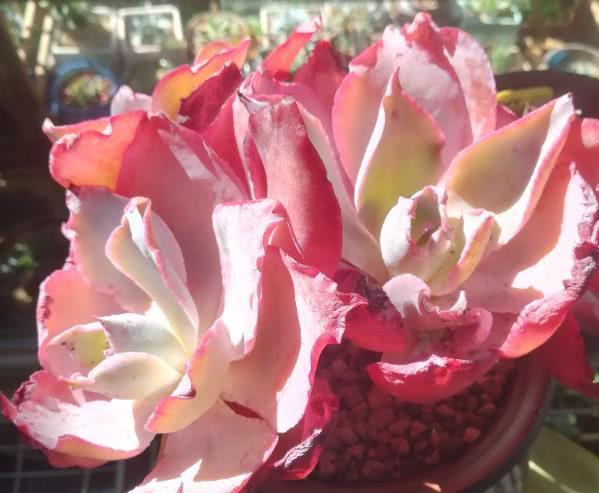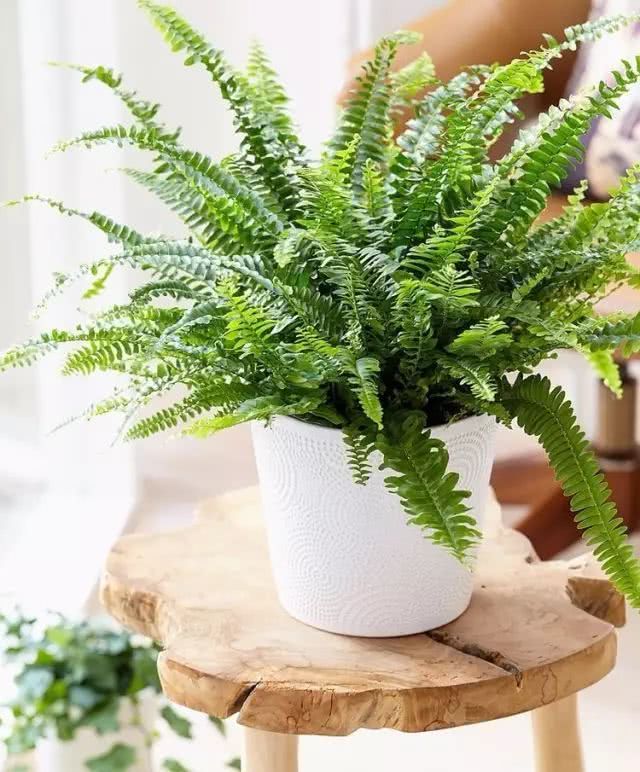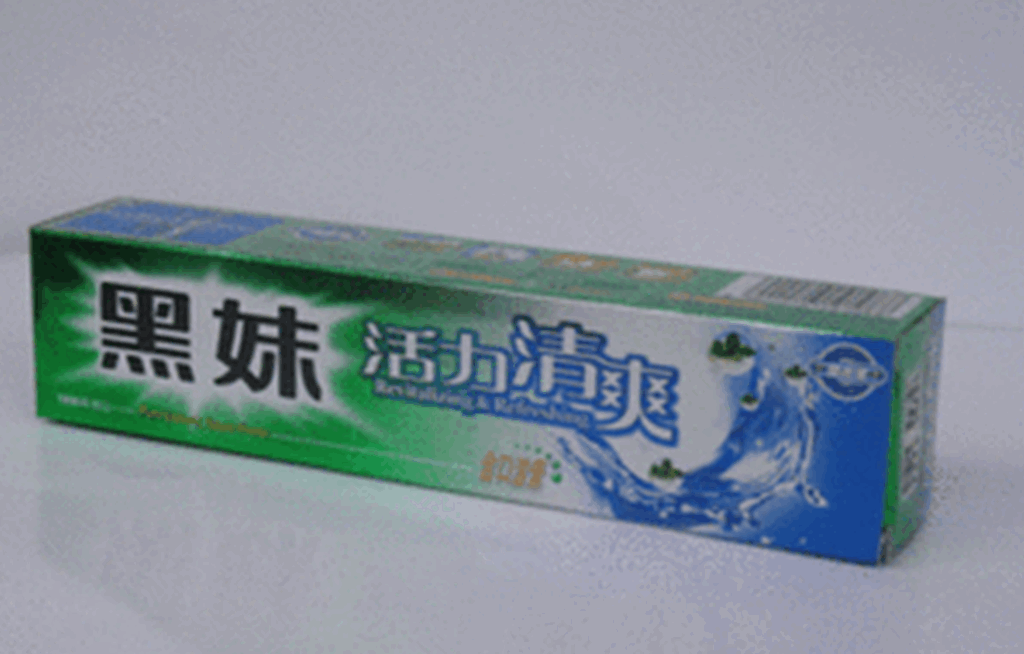It's easier to fatten succulent plants in September. Learn the skills well.

In September, no matter what type of succulent plant it is, if it is maintained indoors or in a place with weak light for a long time in summer, it should not be directly exposed to strong light. If it is light, it will leave a scar, and if it is heavy, it will cause the death of the whole plant. The temperature has dropped in September, part of the normal growth of succulent plants can be fertilized, keep the water can not be irrigated, the soil is dry and thoroughly watered.
Succulent plants can not grow without nutrition. Although most of the ingredients in their leaves are water, there are still a small number of substances that are not water, which are naturally formed by various nutrients drawn from the outside world. If the succulent potted soil is too barren, even if they can grow fat, it is also unhealthy fat.
Therefore, in general, it is necessary to change the basin for succulent plants for more than two years, or apply a small amount of organic fertilizer in the peak growing season. It is impossible for succulent plants to grow fat without changing pots or fertilizing for a long time. Succulent plants are most likely to gain weight in spring and autumn, because they are either hibernating or semi-hibernating in winter and summer. Especially in autumn, pay attention to water control and fertilization from September, about October meat will be able to grow fat and begin to get out of shape.
How can succulent plants take root? Succulent soil is the key to root cultivation, and all succulent soils must have a granular matrix to ensure air permeability. Otherwise, it can easily lead to stagnant water in the soil, poor breathing in the roots and rotting roots. Succulent root cultivation is a long-term process, should be patient, daily maintenance should not frequently change pots, transplant, root pruning, planting as far as possible to one step in place, no special circumstances, to maintain more than a year, otherwise constantly changing pots, root pruning will seriously affect the development of succulent roots.
Cinder is a commonly used ingredient, but almost all cinders contain sulfur. Succulent plants are not allergic to sulfur. Sulfur has germicidal and insecticidal effects. From the comparison of planting for many years, the plants with cinder are more resistant than those without cinder, and are not easy to produce root rot and root pink scale. The cinder used is based on the fully burned particle cinder (it does not matter whether it contains underburned coal or not), followed by honeycomb cinder. There is a large amount of soil in honeycomb cinder, which should be crushed and screened if it is to be used. The cinder is watered before use to remove ash and alkalinity.
Rain Water in autumn often lasts for several days, which is what we often call "continuous autumn rain". This kind of weather will make the soil and air in a state of water saturation for a long time, which is extremely disadvantageous to the growth of fleshy plants. Therefore, if encounter this kind of weather had better give succulent plant shelter rain, avoid basin soil long-term damp easy to breed soot disease and other bacteria.
Here is a gathering place for succulent plant lovers, sharing succulent maintenance skills, welcome to follow and exchange.
- Prev

The mash-up power school of the flower art world-fern must have at home
Deep bamboo shoots fern dry Zhonglu, sunset fishing firewood three island immortals. With peculiar and elegant morphology and exquisite foliage, ferns have gradually become the best choice for floral art and home decoration to enhance their aesthetic style. A fern that can be large or small and of varying size.
- Next

Toothpaste can only be used to brush teeth? No, you have no idea what it can be used for.
When it comes to toothpaste, it is possible that most people think that toothpaste is an auxiliary tool for cleaning teeth and has no other use in life except for brushing teeth.
Related
- Wuhan Hospital Iron Tree Blooming Result Was Instantly Frightened by the Gardener Master
- Which variety of camellia is the most fragrant and best? Which one do you like best?
- What is the small blue coat, the breeding methods and matters needing attention of the succulent plant
- Dormancy time and maintenance management of succulent plants during dormancy
- Minas succulent how to raise, Minas succulent plant pictures
- What are the varieties of winter succulent plants
- How to raise succulent plants in twelve rolls? let's take a look at some experience of breeding twelve rolls.
- Attention should be paid to water control for succulent plants during dormant period (winter and summer)
- Watering experience of twelve rolls of succulent plants
- Techniques for fertilizing succulent plants. An article will let you know how to fertilize succulent plants.

